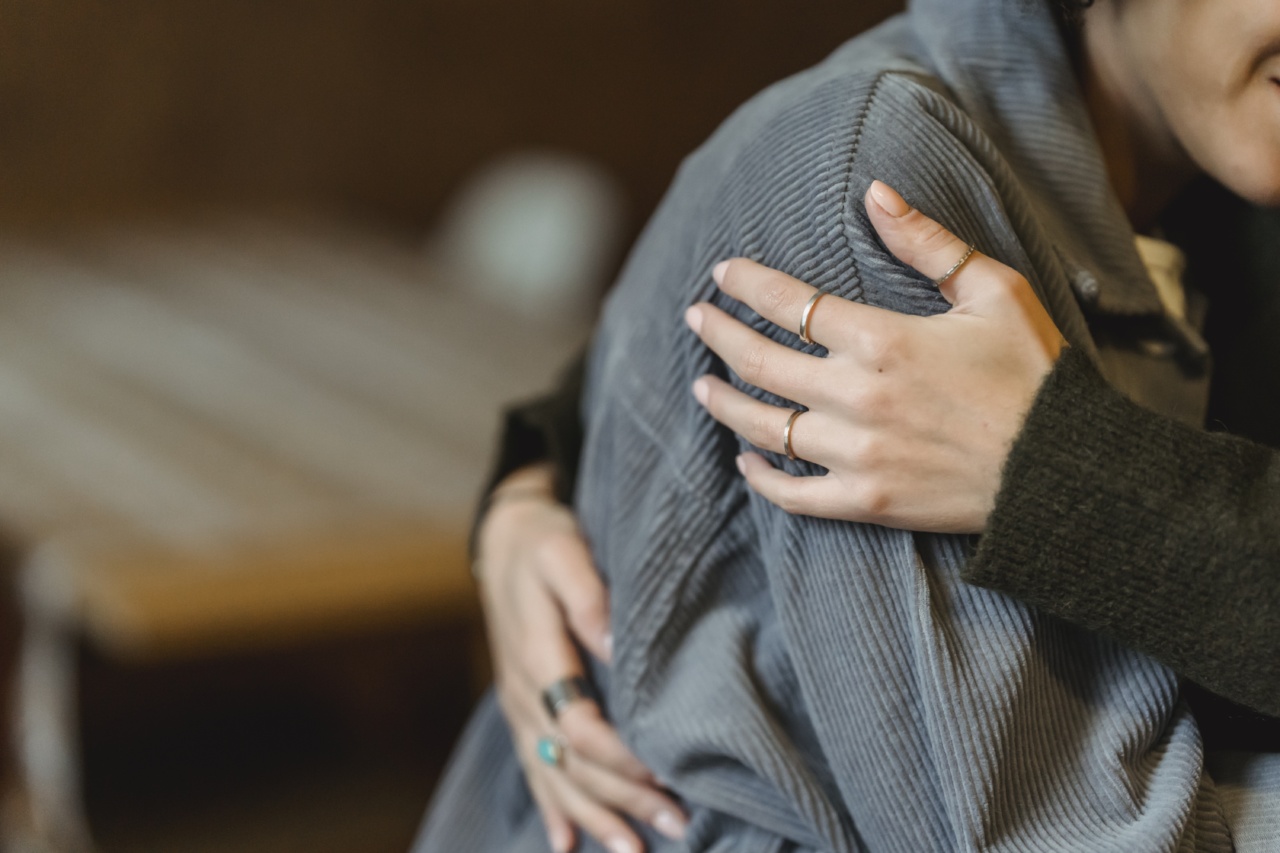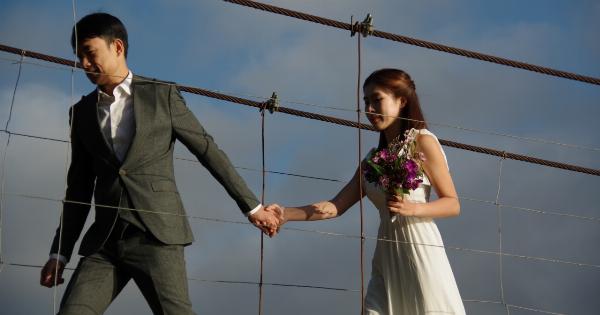Agoraphobia is a debilitating anxiety disorder that affects millions of people around the world. It is characterized by an intense fear and avoidance of situations or places that might cause panic, embarrassment, or the feeling of being trapped.
While both men and women can suffer from agoraphobia, studies have shown that it is more prevalent among women. This article explores some of the possible reasons behind this gender disparity.
1. Biological factors
One possible explanation for the higher incidence of agoraphobia among women is related to biological factors. Hormonal fluctuations, particularly during menstruation, have been found to contribute to increased anxiety levels in women.
Additionally, some studies suggest that women may have a stronger genetic predisposition to anxiety disorders, including agoraphobia.
2. Cultural and societal expectations
Cultural and societal expectations can play a significant role in the development and maintenance of agoraphobia among women.
Traditionally, women have been encouraged to be more cautious and fearful, which can contribute to the development of anxiety disorders. Societal pressures may also lead women to prioritize their personal safety and avoid potentially dangerous situations, which can reinforce avoidance behaviors associated with agoraphobia.
3. Trauma and life experiences
Experiences of trauma, such as physical or sexual abuse, can increase the risk of developing agoraphobia. Unfortunately, women are more likely to experience these types of traumatic events.
The resulting anxiety and fear can make it more difficult for women to feel safe and secure outside of the home, leading to the development of agoraphobia.
4. Gender differences in coping mechanisms
Women and men often have different coping mechanisms when faced with stressful or anxiety-provoking situations. Women tend to rely more on avoidance and safety-seeking behaviors, which can contribute to the maintenance of agoraphobia.
Men, on the other hand, may be more likely to engage in risk-taking behaviors or distract themselves from their fears. These gender differences in coping strategies may explain why agoraphobia is more prevalent in women.
5. Social support and stigma
Social support is crucial for individuals dealing with anxiety disorders, including agoraphobia. Women may be more likely to seek support and talk about their struggles, which can lead to a higher reported prevalence of the disorder.
On the other hand, men may face more stigma surrounding mental health issues and be less likely to seek help or openly discuss their symptoms, resulting in underreporting of agoraphobia cases among men.
6. Hormonal changes during pregnancy and menopause
Pregnancy and menopause are significant hormonal milestones in a woman’s life. Hormonal changes during these periods can contribute to increased anxiety levels and the development or exacerbation of agoraphobia symptoms.
The fears and concerns associated with these life stages, coupled with hormonal fluctuations, can further contribute to the gender disparity in agoraphobia prevalence.
7. Cultural differences in presentation and diagnosis
There may also be cultural differences in the presentation and diagnosis of agoraphobia. Some cultures may stigmatize the reporting of mental health symptoms, leading to underreporting among men.
Additionally, cultural variations in lifestyle and societal expectations may result in differences in exposure to the triggering situations that can lead to agoraphobia.
8. Biological vulnerabilities
Biological vulnerabilities, such as increased sensitivity to physical sensations or a heightened startle response, may contribute to the development of agoraphobia.
Research suggests that women may be more prone to these vulnerabilities, making them more susceptible to the development of the disorder.
9. Gender differences in seeking treatment
Studies have shown that women are more likely to seek treatment for mental health issues compared to men. This gender difference in help-seeking behavior may contribute to the higher reported prevalence of agoraphobia in women.
Men, on the other hand, may be more likely to try to manage their symptoms on their own or may not recognize their symptoms as being related to an anxiety disorder.
10. Intersectionality
It is important to recognize that the experiences of agoraphobia among women are not universal and can vary depending on factors such as race, ethnicity, socioeconomic status, and sexual orientation.
Intersectionality plays a crucial role in understanding the complex interaction between gender and other social identities in the experience of agoraphobia.































